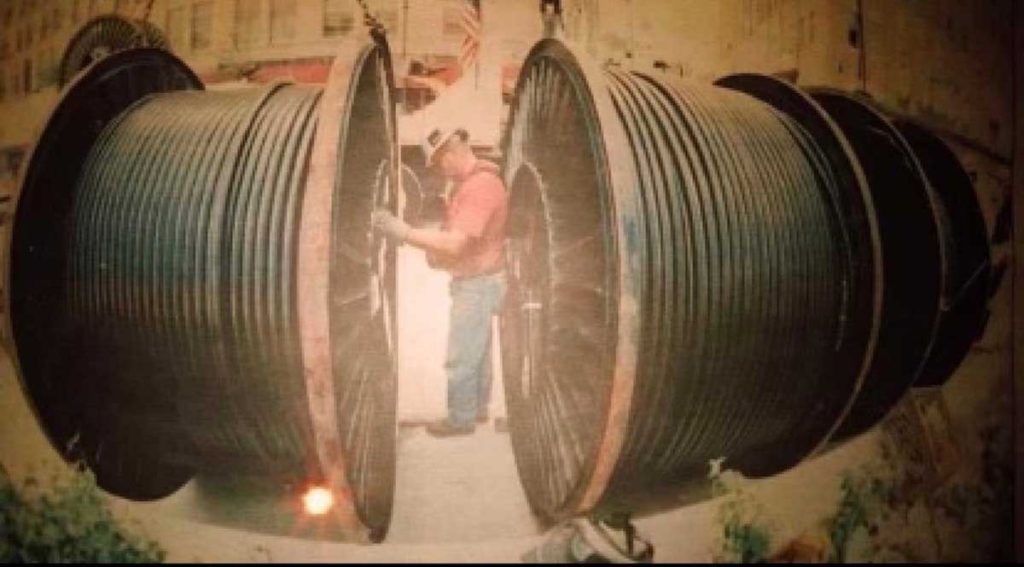By Madeline Armstrong
Editor’s note: Armstrong first wrote this piece as part of her internship at Herald Community Newspapers. To read the original, click here.
Though it’s been 20 years since the terrorist attacks of Sept. 11, 2001, many first responders and their families are still battling with potentially life-threatening health effects because of their exposure to toxic dust in the air at ground zero, including a number in the Lynbrook-East Rockaway area.
For Dan Caracciolo, a heavily involved East Rockaway resident and banker, the attacks still hit home. His father, Lawrence Caracciolo, died in 2007 at age 55 from metastatic malignant melanoma, a deadly skin cancer that he and his family said they believe may have been caused by his work at the site of the former World Trade Center. While the Caracciolo family was initially told the disease resulted from a harsh sunburn that his father suffered in the U.S. Navy during the Vietnam War, Dan said they now believe there could be more to it.
Last year, Caracciolo, 41, discovered a news article about the federal Sept. 11 Victims Compensation Fund, which provides money to families of first responders who have died of illnesses because they worked at ground zero.
“It was a story about somebody who you wouldn’t think would be a first responder — it was a janitor at a college,” Caracciolo said. “There was this sort of wave that took over me.”
Caracciolo then recalled his father’s service to New York City after the attacks. Lawrence worked for Verizon, which was contracted to deliver all the cabling needed to support the infrastructure for the ground zero recovery effort. He delivered telecommunication equipment to the city, including to the Police Department, Fire Department and Port Authority. His duties, however, took a toll on his mental health in a matter of weeks, according to Caracciolo.
“It actually led him to move to Florida within a year’s time,” Caracciolo said. In 2006, Lawrence was diagnosed with cancer, and he died a year later. His son said he later realized that his father may have gotten cancer because of the dust in Lower Manhattan.
“Now we understand why he died — he got sick from the dust,” Caracciolo said. “It’s as clear as day.” After researching what qualifies an individual as a first responder, Caracciolo concluded that his father fell into that category.
While the family is still seeking to certify his claim with the VCF, the FealGood Foundation can add Lawrence’s name to the wall next anniversary.
“A 9/11 first responder includes all of those contracted companies that were there to assist New York City in the initial recovery,” Caracciolo said. Since this discovery, Caracciolo’s goal has been to have his father’s name added to the FealGood Foundation’s 9/11 Remembrance Wall in Nesconset. He submitted his father’s name about two months ago and said he is hoping for the best.
“There’s a remembrance wall for first responders that is totally inclusive,” Caracciolo said. “We are hoping by next year’s ceremony we’ll have his name etched on.”
Caracciolo encouraged those who served or had family members who served in the aftermath of 9/11 to apply for a first responder remembrance and research possible complications of the toxic dust at ground zero.
As the 20th anniversary of the 9/11 terrorist attacks approaches, Caracciolo said he is reminded of the monumental effect that the terrorist attacks had, not only on his family, but also on the country.
“We will never forget,” he said. “It’s a generational, game-changing kind of event in our nation’s history.”








